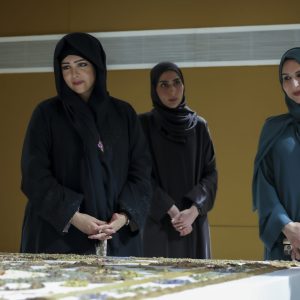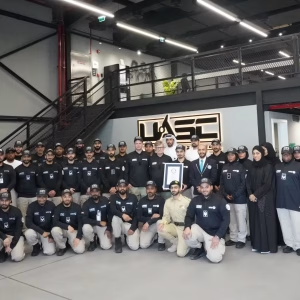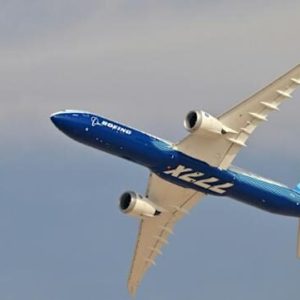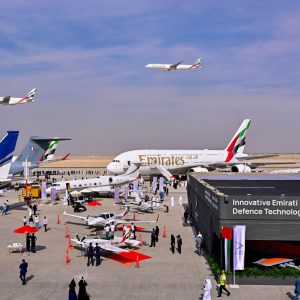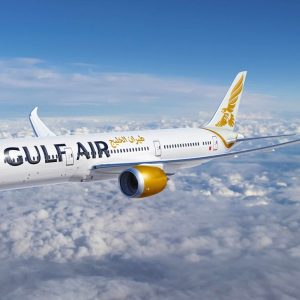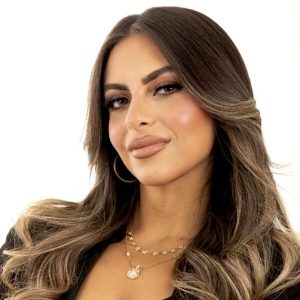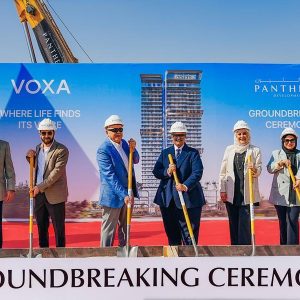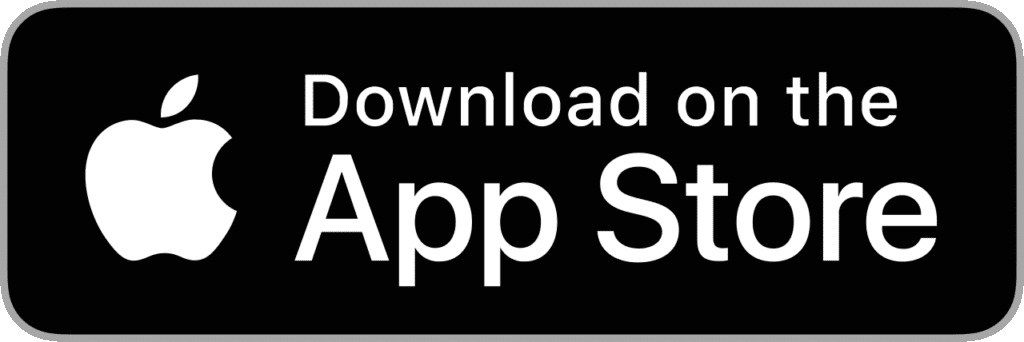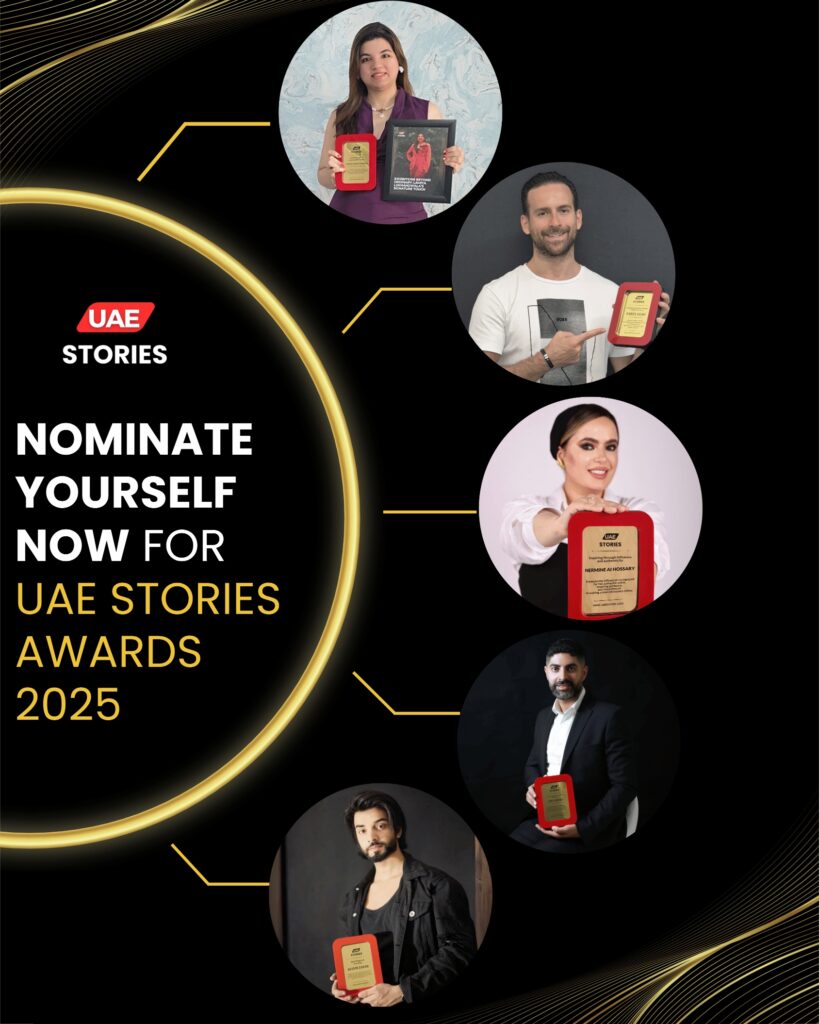Driving through a neighbourhood you rarely visit often brings the possibility of stumbling upon something unexpected. During an evening trip to Nad Al Sheba to explore the newly opened The Square, I noticed something that immediately made me pause – a roundabout transformed into a striking installation of art. Even in the brief glimpse from the car window, I could sense the energy radiating from it. I quickly took a photo, then later pulled up Google Maps to capture a better view, eager to understand what I had just seen.
A little research revealed that the installation is called Alsarmadi, created by Emirati artist Latifa Saeed. Translated, Alsarmadi means “perpetual,” a fitting name for a piece that celebrates continuous motion and energy.
Meet Latifa Saeed: The Artist Behind Alsarmadi
Latifa Saeed is a Dubai-based multidisciplinary artist and the founder of Art Majlis. A graduate of Zayed University with a Bachelor’s degree in Arts and Sciences, she has consistently blended tradition with contemporary art, creating pieces that speak visually and emotionally to audiences across the UAE.

Her works are more than displays of skill; they are invitations to explore, reflect, and connect. The Nad Al Sheba roundabout installation is no exception. From afar, it appears as a dynamic vortex of motion, drawing in passersby and encouraging them to pause, notice, and engage.
The Concept and Design of Alsarmadi
Driving past the roundabout, one notices the subtle brilliance of Alsarmadi. The installation features a single horse depicted in eight cantering positions, arranged to create a rhythmic, flowing motion. At the center lies a vortex formed by the implied power and speed of the horse. A simple concept, yet its execution transforms the ordinary act of driving through a roundabout into an immersive experience.
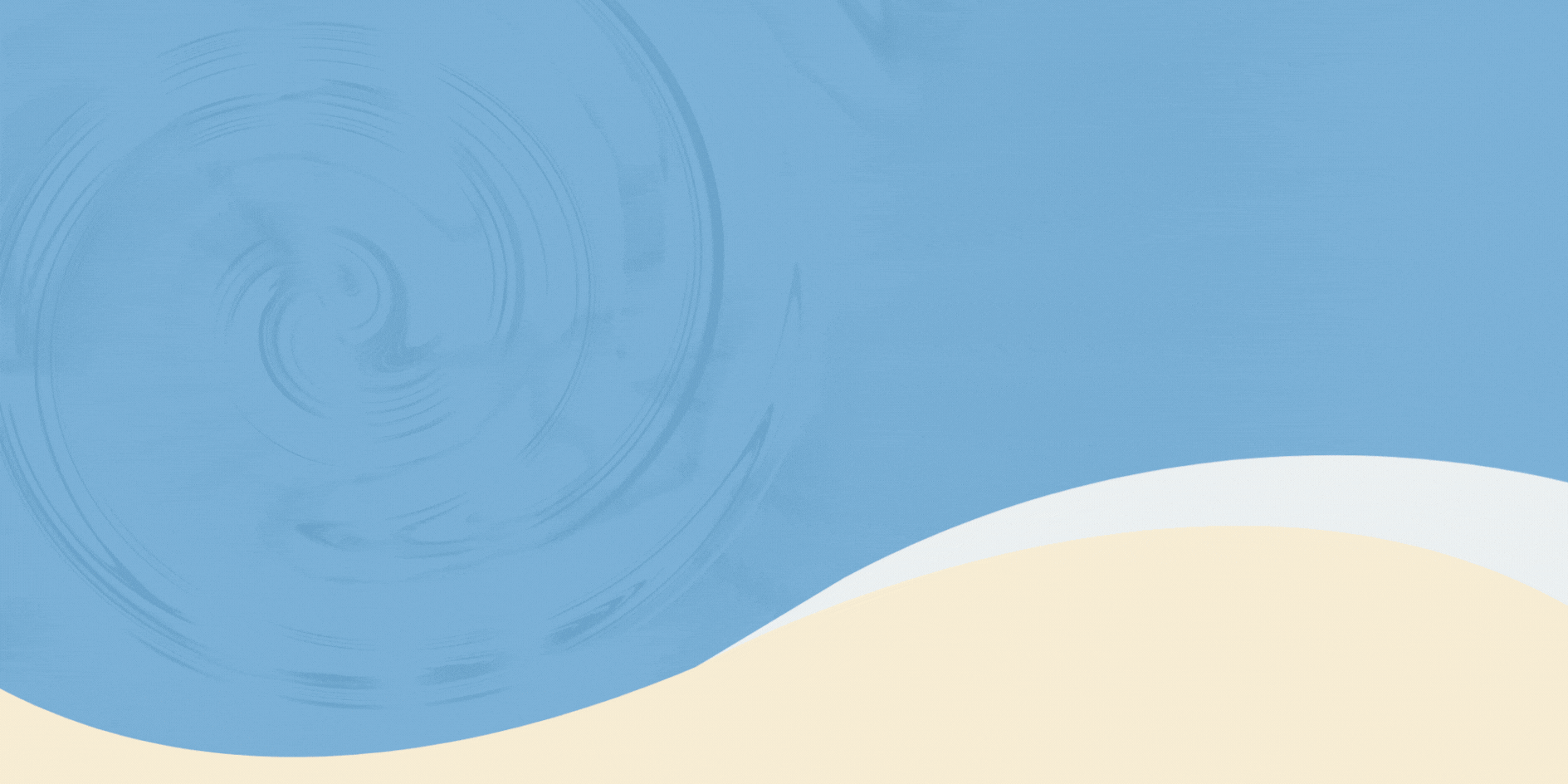
Saeed emphasizes that the motion in the piece is not static. It is activated by the movement of viewers themselves. “Everyone brings their own story to Alsarmadi,” she explains. “If someone is just passing by, I hope they notice that the motion in the work only takes place when the viewer is in motion… the viewer creates it.”
This interaction between the viewer and the artwork is what makes Alsarmadi unique. The installation is alive in a way that depends on human engagement for its full effect.

Art in Public Spaces
Alsarmadi came to life after Saeed responded to an open call by Dubai’s Roads and Transport Authority. She describes the project as one of her largest undertakings and expressed gratitude for the trust placed in her vision.
Public art in Dubai reflects a broader vision of the city as an open-air gallery. Dubai has embraced the integration of art into everyday spaces such as roundabouts, streets, and parks. This approach enriches the cityscape and allows art to reach everyone, making cultural experiences accessible and meaningful.
Saeed notes that when art becomes part of the daily rhythm of a city, it belongs to everyone. Public artwork adds value to a city, representing identity, culture, and aspirations for the future. It encourages people to notice, reflect, and even imagine, making the urban experience more engaging.
Connecting With the Community
The strength of public art lies in its accessibility. Unlike gallery exhibitions that require deliberate effort to visit, installations like Alsarmadi intersect naturally with daily routines. They offer unexpected moments of reflection, curiosity, and inspiration.
Saeed’s vision goes beyond aesthetics; she sees public art as interactive and alive. It engages with people, wildlife, weather, architecture, and movement. In this sense, the Nad Al Sheba roundabout becomes more than a traffic junction—it becomes a living landmark, part of the city’s collective experience.
Latifa Saeed’s Broader Work
Alsarmadi is only one example of Saeed’s commitment to creating accessible, engaging art. Her works can be seen in museums across Dubai and Abu Dhabi and at art festivals such as Dubai Design Week. She has also created installations in Al Ain, opposite Al Jahili Fort, including Desert Readings, which is open to the public.
Saeed continues to experiment with new ideas, merging traditional motifs with contemporary techniques. “I’m working on a number of new ideas. Some are still evolving, so I can’t say too much yet, but I look forward to revealing them as they take shape,” she says. Her focus on continuous creation mirrors the perpetual motion captured in Alsarmadi.
Experiencing Alsarmadi
Visiting the Nad Al Sheba roundabout reveals how art can redefine ordinary spaces. Driving or walking past Alsarmadi, viewers are drawn into the rhythm of the installation. The horse’s dynamic positions create a visual momentum that mirrors the motion of the city, inviting interpretation and imagination.
The experience is personal. Some viewers might see freedom and speed; others might feel energy and continuity. Saeed emphasizes the importance of this interpretive space: “Everyone brings their own story. Art in public spaces allows for these personal connections to form naturally.”
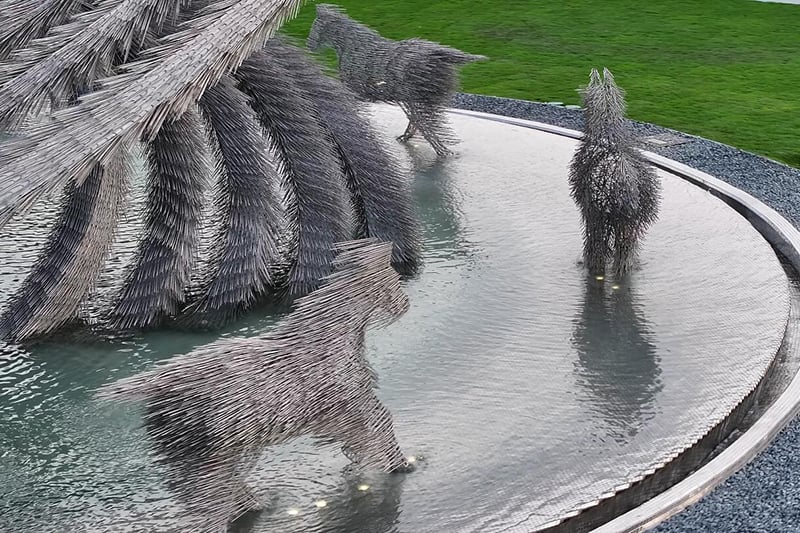
Why Public Art Matters
Public art is transformative, culturally and socially. It turns functional spaces into points of interest, encourages dialogue, and fosters creativity. In a rapidly evolving city like Dubai, integrating art into urban landscapes helps preserve cultural identity while projecting an innovative, forward-looking image.
Alsarmadi demonstrates that public art is not just a visual statement but a tool for engagement, reflection, and storytelling. Its presence at a busy roundabout ensures that art becomes part of daily life, accessible to anyone who passes by.
The Future of Art in Dubai
As cities worldwide seek to humanize public spaces, Dubai sets an example through projects like Alsarmadi. The collaboration between artists and authorities like the RTA shows a vision where creativity and urban planning go hand in hand.
For Latifa Saeed, the project is both personal and communal. It reflects her philosophy that art should be interactive, accessible, and evolving. With public installations, Dubai offers its residents not just sights to see but experiences to feel and stories to interpret.
Saeed’s work encourages viewers to notice motion, perceive energy, and reflect on the narratives that surround them. Even the most ordinary spaces can become extraordinary when art and imagination intersect.
Do follow UAE Stories on Instagram
Read Next – Discover Dune Buggy Adventures Done Differently with Zerzura



